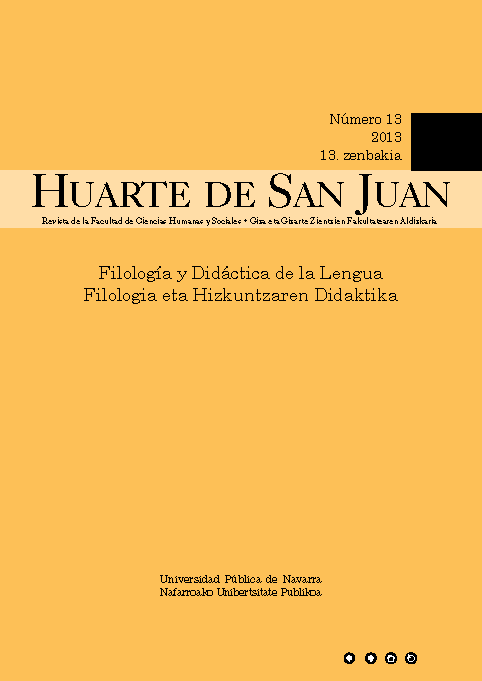¿Peter Pan o Wendy? El imaginario infantil en la literatura contemporánea
Keywords:
Childhood, memory, novel of self discovery, Peter Pan complex, feminine subjectivityAbstract
In the present study the function of memory and childhood imaginary in contemporary narratives is regarded as a discursive space for the negotiation of identity and the construction of subjectivity. Spanish women writers, such as Carmen Laforet, Carmen Martín Gaite or Mercé Redoreda introduce in their novels protagonists who through their memories appear to idealise their childhood, as Peter Pan or even Wendy herself did, while simultaneously rejecting their own adulthood. For all of them, the transition from childhood to maturity is presented as a biographical element which remains unresolved. Taking into consideration the critical works of Rita Felski or Patricia Meyer Spacks and the new narrative model they introduce, the «Novel of Self Discovery» as opposed to the traditional Bildungsroman, the works of the above mentioned authors will be explored paying special attention to those factors that had an impact on the development of feminine subjectivity during the twentieth century.
Downloads
References
Felski, R. (1986): «The Novel of Self-Discovery: A Necessary Fiction?», Southern Review, 19: pp. 131-148.
Martín Gaite, C. (1988): El cuarto de atrás, Destino Libro, Barcelona.
Meyer Spacks, P. (1975): The Female Imagination, Avon Books, Nueva York.
Matute, A. Mª (1996): Primera memoria, Destino Libro, Barcelona.
Rodoreda, M. (1998): La plaza del Diamante, Edhasa, Barcelona.
Downloads
Published
How to Cite
Issue
Section
License
All articles are published under a Creative Commons (BY-NC-ND 4.0) license. Each article will be assigned a DOI.
Authors retain copyright of their work and grant the journal the right to the first publication. Authors can sign additional agreements to non-exclusive distribution of the published version of the article (for example, in an institutional repository) as long as appropriate attribution to the original publication is provided. Articles can be uploaded to institutional repositories immediately after publication.
Electronic distribution of the articles (for example, academic social networks or personal webpages) is allowed and encouraged.
The journal reserves the right to publicise the work in social networks and other electronic means.







